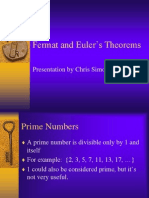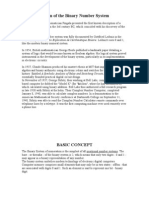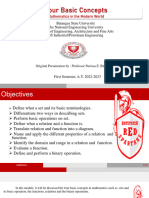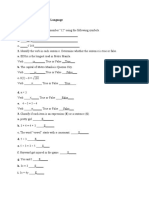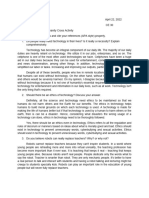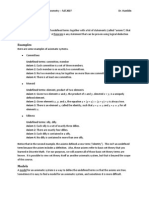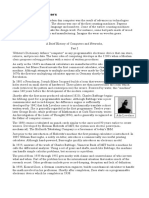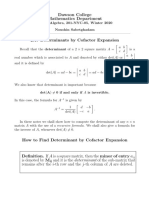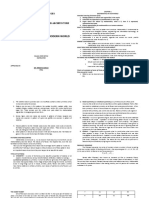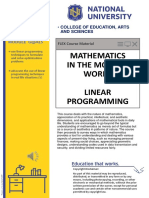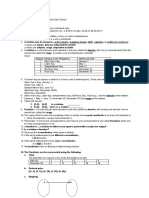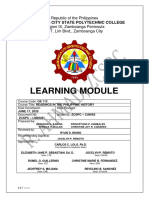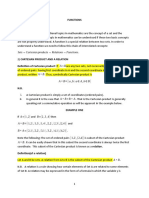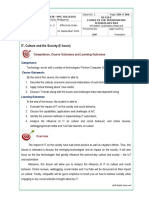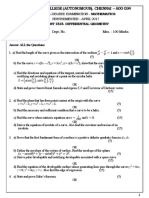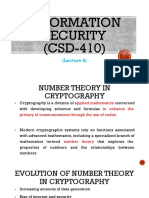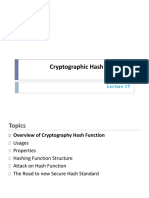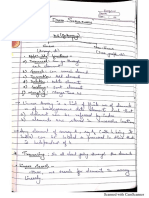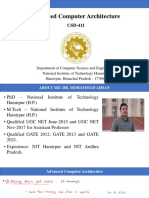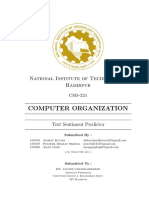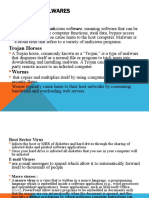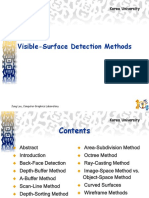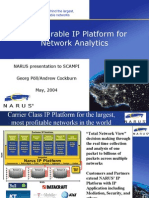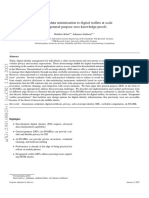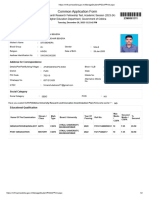0% found this document useful (0 votes)
419 views14 pagesLecture 3 (Verman Cipher)
The document discusses the one-time pad cipher, which is an unbreakable cipher where the key is randomly generated and as long as the message. It can only be used once before being destroyed. While secure, it had challenges around key distribution and manual encryption. The encryption process involves assigning numbers to letters, adding the key and plaintext numbers, and converting the sum back to letters for the ciphertext. Decryption is the reverse process. Product ciphers are also discussed as a type of stream cipher that applies multiple rounds of simple transformations for security.
Uploaded by
Prateek SharmaCopyright
© © All Rights Reserved
We take content rights seriously. If you suspect this is your content, claim it here.
Available Formats
Download as PDF, TXT or read online on Scribd
0% found this document useful (0 votes)
419 views14 pagesLecture 3 (Verman Cipher)
The document discusses the one-time pad cipher, which is an unbreakable cipher where the key is randomly generated and as long as the message. It can only be used once before being destroyed. While secure, it had challenges around key distribution and manual encryption. The encryption process involves assigning numbers to letters, adding the key and plaintext numbers, and converting the sum back to letters for the ciphertext. Decryption is the reverse process. Product ciphers are also discussed as a type of stream cipher that applies multiple rounds of simple transformations for security.
Uploaded by
Prateek SharmaCopyright
© © All Rights Reserved
We take content rights seriously. If you suspect this is your content, claim it here.
Available Formats
Download as PDF, TXT or read online on Scribd
/ 14
